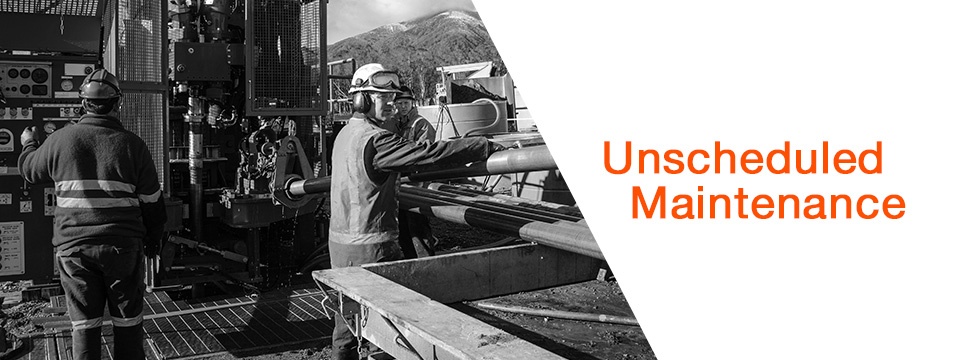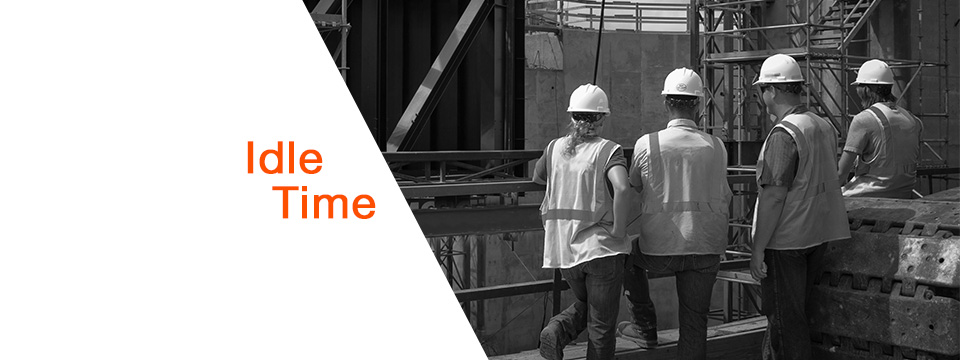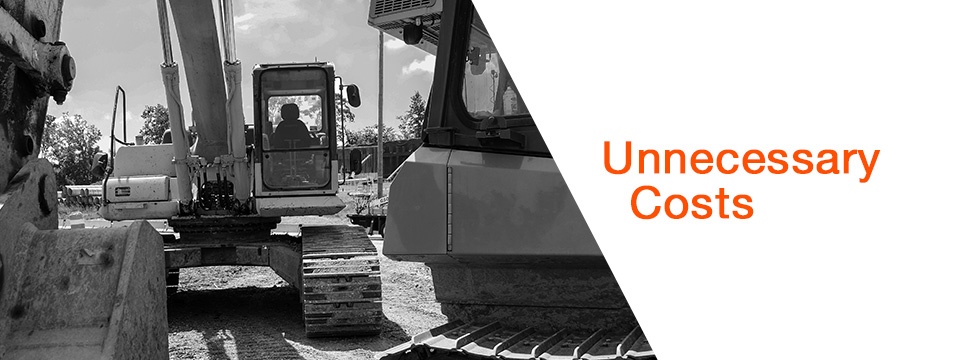
There are a lot of articles that talk about the hidden costs in construction. Many of these are associated with the building of the project and are out of a contractor’s control: fees associated with the state or municipality, environmental delays, incomplete designs, unanticipated site conditions and others. Most companies now anticipate these unknowns and attempt to mitigate them by building buffers into their schedule and budget.
What I want to talk about are the operational costs that you might not realize you can prevent. Beyond hidden costs that creep up around external project elements, most contractors incur hidden costs on their projects due to internal operational inefficiencies, especially if you are not embracing technology to manage your tools, equipment and fleet vehicles. Sure, you may be managing your tools, but if you are only managing some of your assets, you can’t guarantee that your projects are operating at maximum efficiency.
3 Hidden Costs Infographic
This story may resonate with what you have seen in a project cost meeting or sheet.
It’s the big push to begin the next critical path item on your bridge rehab project. There are incentives on the horizon if you can meet your client’s next contractual project milestone and you aren’t going to leave money on the table when you know you can get this phase of the project done early. Sure, it will require two days of off-hour shifts, but the reward is worth it. The site is prepped, the tool and equipment order has been placed and the shop team is gathering everything needed to start the sequence.
7:00 PM. Crew arrives, equipment arrives and everything is going perfectly…until the bridge deck paver isn’t turning on. This is the one thing that needs to work to get this completed during these extra off-shift hours. The equipment manager is notified and sends out a technician to the site. The technician says that they need to bring the unit to the maintenance shop for immediate repairs. This need for unscheduled maintenance on this critical machine couldn’t have happened at a less opportune time.
9:00PM. The whole crew is still waiting on a backup bridge deck paver to arrive; the clock is ticking and productivity for this shift is quickly taking a turn. You get the news that there isn’t a back-up paver available because the equipment manager isn’t sure if it was returned from another one of your local projects yet. So, you call up your supplier to get one rented, but it won’t get to the site until tomorrow.
9:30PM. Crew is sent home. Concrete is cancelled, fees incurred. The project manager prepares the daily production report and sadly notes that no work took place on this shift.
This exact scenario may not have happened, but your company has experienced equipment failure resulting in unscheduled maintenance, crews standing-by and the need to spend unnecessary project dollars on another piece of equipment (purchase or rental) due to it being out of service or (in many cases) no one knows where it is.
To recap the 3 hidden costs

1. Unscheduled maintenance
This is costly for service contracts, time to get someone to the field to make repairs or just to get someone period. Your job is losing time and money waiting for this machine to be fixed and project management is spending valuable time looking for an alternate solution. You are also paying for repair or replacement labor and material costs and unnecessarily spending for a stand-in machine to maintain productivity in any capacity. Alerts for maintenance and problems will address this.

2. Idle time
If you have a crew standing around it is a lot like watching money go down a drain. They are getting paid by the hour while no productivity is taking place. Idle equipment running onsite also incurs unnecessary fuel costs. If you have equipment sitting around your yard that isn’t being used, it is the same thing. You are not maximizing your investment in your expensive assets if they are not being put to work in the field. You can sell equipment you no longer need or rent it through Marketplace sharing—it’s free and puts that idle equipment to work. Everyone and everything should be working.

3. Unnecessary replacement purchases or rentals.
If you know where your equipment is (job site, yard, out of service, etc…) then you can prevent purchase or rental fees from sneaking onto job costs AND eliminate the emails of why a job is being charged.
With complete asset management, your team could have met that milestone and earned that incentive reward, building a profit in your books. Contractors can proactively mitigate any of these costly scenarios and save millions of dollars through increased efficiencies that have direct impacts across projects and your company’s bottom line.
3 Hidden Costs Infographic
About Kristen Olson
Kristen brings experience her diverse experience with The Conti Group to Tenna. From her involvement with essentially every facet of the organization, to start-up initiatives within Conti, with specific organizational change projects to over 17 years focused in Human Resources, she has firsthand knowledge and understanding of the industry and contractors Tenna serves. Her creative mind and non-traditional background results in innovative solutions to the programs, procedures, and standard human resource responsibilities as she works with the various departments within Tenna while always focusing on Tenna’s current and future customers.
